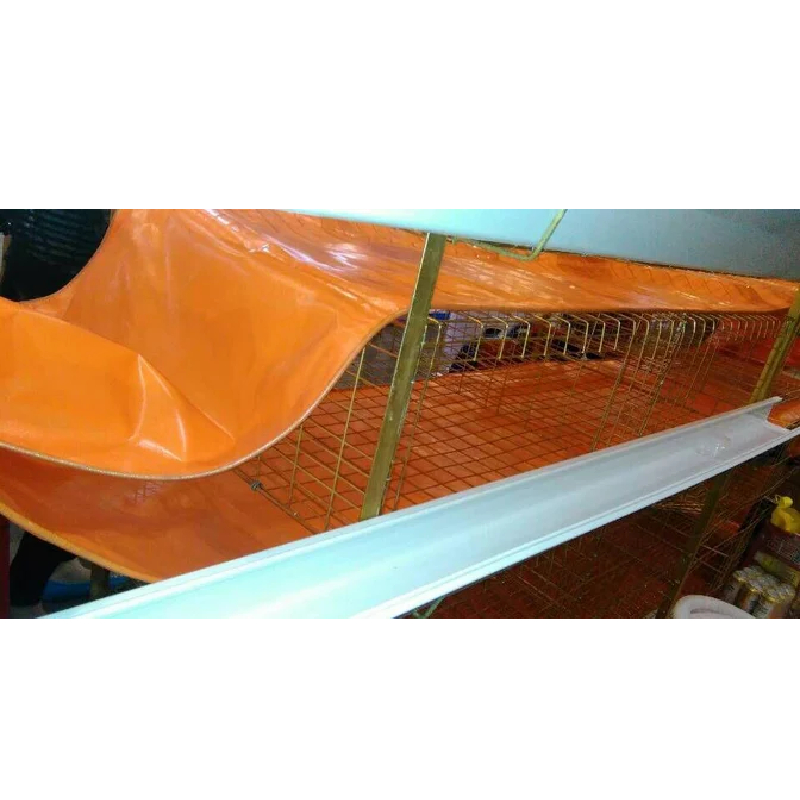Durable Wire Chicken Cages for Healthy and Happy Poultry Housing
Dec . 28, 2024 16:53 Back to list
Durable Wire Chicken Cages for Healthy and Happy Poultry Housing
Wire Chicken Cages A Practical Solution for Poultry Farming
In the ever-evolving world of agriculture, particularly in poultry farming, the choice of housing for chickens is a fundamental aspect that significantly impacts both animal welfare and farming efficiency. Among the various options available, wire chicken cages have emerged as a popular choice for many poultry farmers. This article explores the benefits, challenges, and considerations of using wire chicken cages in poultry farming.
Benefits of Wire Chicken Cages
One of the key advantages of wire chicken cages is their ability to maximize space. In modern poultry farming, especially in commercial operations, space is often at a premium. Wire cages enable farmers to house a large number of birds in a relatively small area while still providing sufficient ventilation. This higher density can lead to increased production efficiency, as more chickens can be raised on the same footprint of land.
Additionally, wire cages facilitate easier management and maintenance. Cleaning is more straightforward, as the wire design allows for waste to fall through to the ground or into collection trays. This feature reduces the labor required for maintenance and helps keep the chickens in a cleaner environment, thereby minimizing the risk of disease. Effective waste management also contributes to better overall flock health and productivity.
Moreover, wire cages can help control aggressive behaviors among chickens. In traditional free-range or barn systems, pecking order dynamics can lead to stress and injury. Wire cages minimize direct interactions between birds, helping to prevent fights and reducing the likelihood of feather pecking or cannibalism.
Considerations for Animal Welfare
Despite the benefits, the use of wire cages has raised concerns related to animal welfare. Critics argue that these systems can restrict natural behaviors, such as nesting, dust bathing, and foraging, which are crucial for the wellbeing of chickens. As a response to these concerns, regulations in many countries have shifted towards requiring more space per bird and better living conditions.
Farmers opting for wire cages should consider providing environmental enrichments to enhance the quality of life for the birds. This can include perches, nesting boxes, and space for dust bathing. By incorporating such elements, farmers can help fulfill some of the chickens’ natural instincts, leading to improved welfare and potentially better egg quality.
wire chicken cages

Economic Aspects
Wire chicken cages can also be a cost-effective solution for farmers. The initial investment required for constructing or purchasing cages can be offset by increased productivity and lower operating costs over time. Efficient feed utilization and reduced mortality rates due to better hygiene and management can significantly enhance a farm's profitability.
Furthermore, wire cages allow for better control of environmental factors, such as temperature and humidity, which can influence growth rates and egg production. By maintaining optimal conditions, farmers can ensure their flocks perform at their best, ultimately leading to greater economic returns.
The Future of Wire Chicken Cages
As consumer preferences evolve, there is a growing trend towards more humane farming practices. The poultry industry is increasingly challenged to adopt systems that improve animal welfare while maintaining efficiency and productivity. Thus, the future of wire chicken cages may depend on innovation and adaptation.
Farmers may begin to integrate more advanced technologies, such as automated feeding and watering systems, climate control, and monitoring technologies, even within cage systems. These innovations can help strike a balance between productivity and welfare, allowing farmers to respond to market demands while ensuring the health and happiness of their flocks.
Conclusion
Wire chicken cages present a practical option for many poultry farmers, offering several advantages in terms of space efficiency, management ease, and economic viability. However, it is crucial to remain attentive to animal welfare concerns and adapt practices accordingly. By enhancing cage systems with environmental enrichments and innovative technologies, farmers can create a holistic approach that attends to both productivity and the wellbeing of their chickens. As the poultry industry continues to evolve, the focus on sustainability, welfare, and efficiency will shape the future of wire chicken cages and the broader field of poultry farming.
-
Hot Sale 24 & 18 Door Rabbit Cages - Premium Breeding Solutions
NewsJul.25,2025
-
Automatic Feeding Line System Pan Feeder Nipple Drinker - Anping County Yize Metal Products Co., Ltd.
NewsJul.21,2025
-
Automatic Feeding Line System Pan Feeder Nipple Drinker - Anping County Yize Metal Products Co., Ltd.
NewsJul.21,2025
-
Automatic Feeding Line System - Anping Yize | Precision & Nipple
NewsJul.21,2025
-
Automatic Feeding Line System - Anping Yize | Precision & Nipple
NewsJul.21,2025
-
Automatic Feeding Line System-Anping County Yize Metal Products Co., Ltd.|Efficient Feed Distribution&Customized Animal Farming Solutions
NewsJul.21,2025






